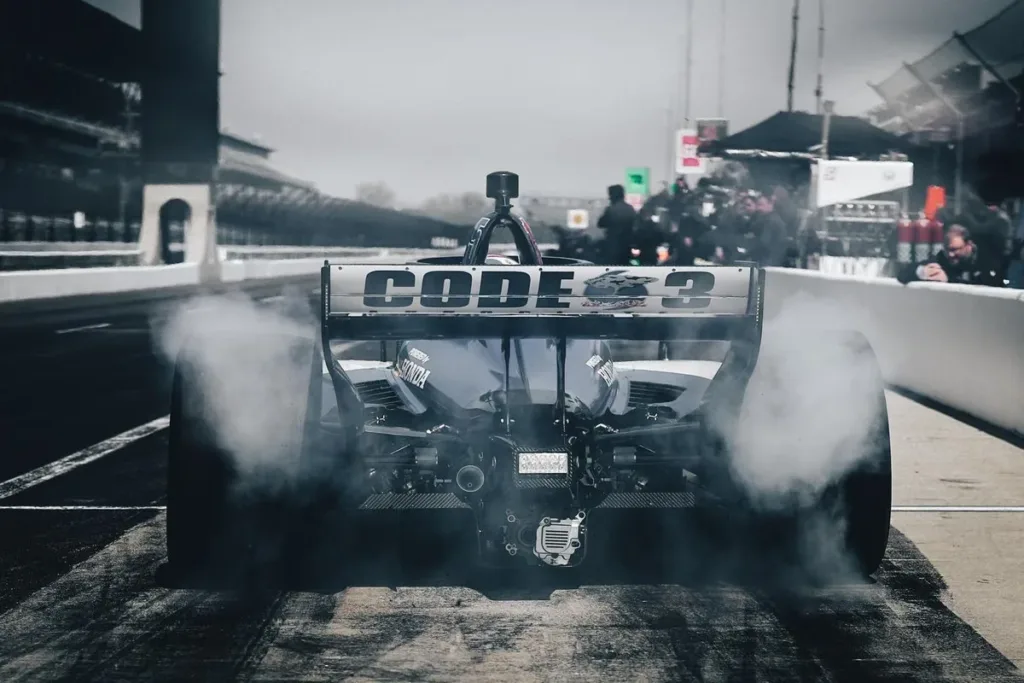IndyCar Hybrid Power Debuts at Mid-Ohio
In this weekend’s IndyCar event at the Mid-Ohio Sports Car Course, the series will usher in a new era with the debut of its highly anticipated hybrid powertrain system. This cutting-edge technology is the result of a collaborative effort between IndyCar’s engine suppliers, Chevrolet and Honda.
The current 2.2-liter, twin-turbocharged V6 internal combustion engine remains the backbone of the IndyCar power unit. However, this traditional engine is now paired with an electrical low-voltage (48V) Motor Generator Unit (MGU) and a 320 Kilojoules-per-lap supercapacitor Energy Storage System (ESS). These components, housed within the bellhousing between the engine and gearbox, make up the first-of-its-kind IndyCar hybrid system.
The MGU, developed by EMPEL in partnership with Chevrolet and Ilmor, captures energy under braking and converts it into electricity, which is then stored in the ESS.
The ESS, produced by Honda Racing Corporation USA (HRC), comprises 20 supercapacitors designed by Skeleton to rapidly charge and deploy the harvested energy. A DC/DC converter, provided by Brightloop, ensures the proper 12V voltage is maintained for the car’s electrical systems, and a Voltage Control Device acts as a safety measure to keep the system within its 60V operating limit.
The hybrid system’s integration with the Engine Control Unit (ECU) and software developed by McLaren Applied will ensure seamless synchronization between the Energy Recovery System (ERS) and the Chevrolet and Honda engines.
Drivers will have manual control over the regeneration and deployment of the stored energy, with buttons and paddles on the steering wheel allowing them to optimize the system’s usage. The hybrid power can provide an additional 60 horsepower when combined with the push-to-pass function, delivering over 120 extra horsepower in certain situations.
While the hybrid system will primarily benefit the road course and street circuit events, it will also be employed on the high-speed oval tracks. Drivers can utilize the regeneration capabilities when drafting and deploy the stored energy during passing maneuvers.
The IndyCar hybrid powertrain has undergone extensive testing over the past 10 months, with 30 drivers logging a total of 25,921 miles at various venues, including the Indianapolis Motor Speedway, Road America, and Barber Motorsports Park.
As the series ushers in this new era of hybrid power, the potential for further system upgrades and increased performance remains, ensuring that the IndyCar championship continues to push the boundaries of open-wheel racing technology.
🔗 Source
